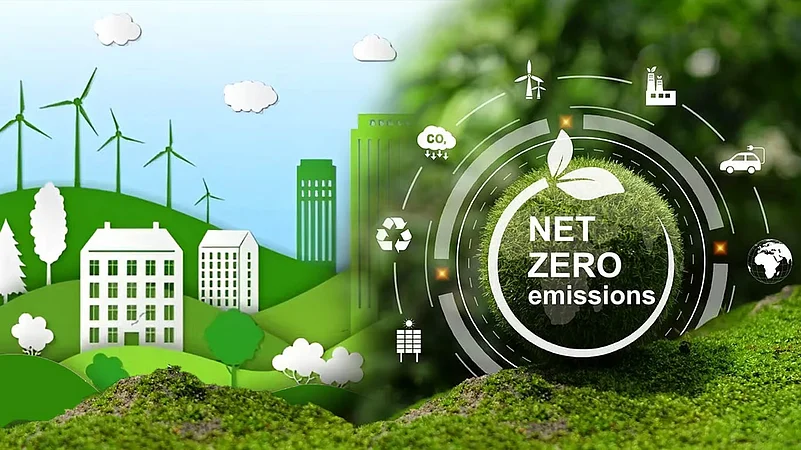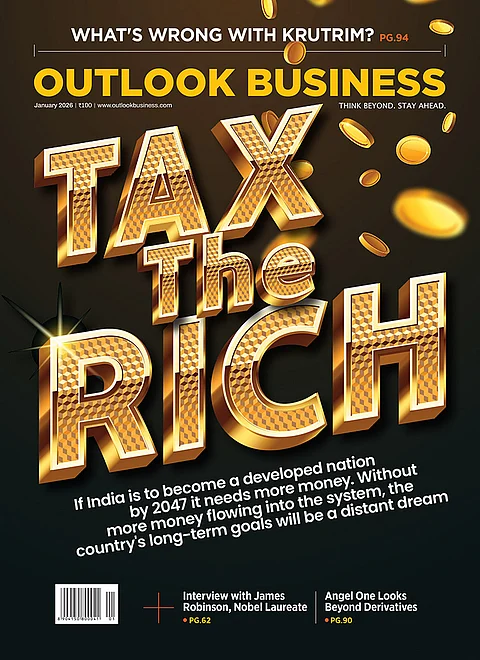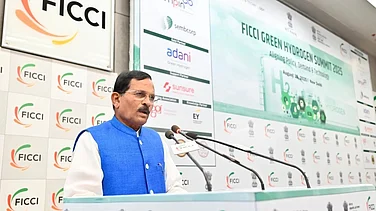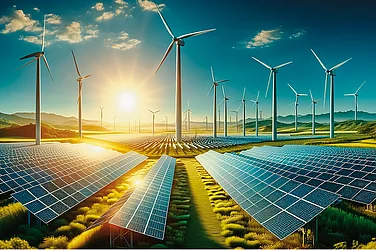The Union Budget 2025-26 sets the stage for inclusive growth, economic resilience and sustainability. With a strong emphasis on MSMEs [micro, small and medium enterprises], clean energy, infrastructure and climate adaptation, it aligns with India’s long-term vision of Viksit Bharat 2047. As India balances low-carbon growth and economic expansion, this budget builds on key policies while addressing climate adaptation challenges and green finance gaps.
Expectations Versus Reality
Leading up to the budget, there were high expectations for increased investments in clean energy, climate-resilient infrastructure and adaptation strategies. The budget delivers on several fronts. First, it strengthens MSMEs and green entrepreneurship through expanded credit access for micro-enterprises and the Focus Product Scheme for labour-intensive sectors like footwear, leather and toys, which promote job creation and sustainable production.
Next is investment in climate resilience. India’s adaptation expenditure rose from 3.7% of GDP [gross domestic product] in FY16 to 5.6% in FY22, demonstrating a strong commitment to climate adaptation and risk mitigation. The National Adaptation Plan ensures resources reach climate-vulnerable communities.
In terms of sustainability and clean energy transition, the Nuclear Energy Mission strengthens India’s shift toward low-carbon power. Scaling up EV [electric vehicle] battery production, lithium-ion technology and clean-tech manufacturing is a key focus, though storage technology and mineral access remain challenges.
For urban sustainability and water security, the Rs 1 lakh crore Urban Challenge Fund aims to transform cities into economic hubs with integrated green urban development. The Jal Jeevan Mission expansion ensures universal clean water access, reinforcing India’s sustainable water management goals.
Despite these initiatives, international climate finance flows remain insufficient. Outcomes from CoP29 indicate only a modest increase in global climate finance, making domestic financing even more crucial for India’s low-carbon transition.
Sector-Specific Impact
For social enterprises and non-profits, increased funding for women entrepreneurs, gig workers, and MSMEs presents new opportunities for impact-driven organisations. The Lifestyle for Environment (LiFE) initiative is in mission mode, promoting sustainable consumption and circular economy models.
For climate and sustainability advocates, India’s energy transition is gaining momentum, with 46.8% of installed power capacity now from non-fossil fuel sources. The National Green Hydrogen Mission is expanding, with 4,12,000 tonnes of production capacity and 3,000MW electrolyser manufacturing awarded.
The Green Energy Corridor (GEC-II) and offshore wind energy viability gap funding (Rs 7,453 crore) will further accelerate renewable adoption.
For investors and business leaders, green finance frameworks are expanding, with sovereign green bonds worth Rs 20,000 crore issued in FY24 and SEBI’s [Securities and Exchange Board of India] enhanced ESG [environmental, social and governance] reporting (BRSR [business responsibility and sustainability reporting] core).
The RBI’s [Reserve Bank of India] green deposit framework is strengthening climate-aligned credit flows.
FDI [foreign direct investment] cap increases in insurance and MSME credit enhancements create a business-friendly investment environment.
Accelerating Climate Action
The Budget 2025-26 is a forward-looking blueprint, reinforcing India’s leadership in sustainability and green growth. However, as India pursues net-zero by 2070, further efforts are needed to expand green financing mechanisms to attract global climate investments for clean energy projects, strengthen carbon markets, as over 50 countries, including China and the EU [European Union], have implemented carbon pricing and support just transition programmes, ensuring economic security for 14mn coal workers as India shifts toward clean energy.
This budget lays a strong foundation for inclusive economic progress. With strategic implementation and global collaboration, India is well-positioned to drive sustainable development and climate resilience in the coming decade.
The author is founder, Arthan and Climate Asia. Views are personal.























